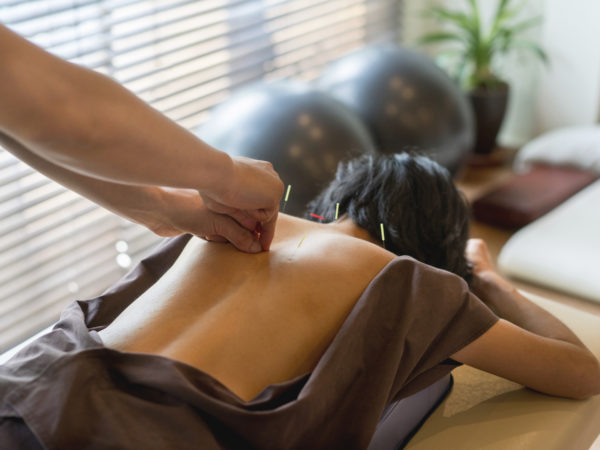Bursitis

What is bursitis?
Bursitis is an inflammation of a bursa (singular) or bursae (plural). These are small fluid-filled sacs that cushion bones in joints and minimize friction between them. There are more than 150 bursae in the human body. Bursitis most often affects the bursa at joints in the shoulders, elbows or hips, but can occur elsewhere including the knee, heel and the base of a big toe.
What are some bursitis symptoms?
Bursitis symptoms can include pain, usually characterized as a dull ache or stiffness around the affected area. The pain from bursitis may get worse as a result of movement or pressure. Sometimes bursitis indicates the presence of an infection that will require antibiotic treatment. If the area feels swollen and is warm to the touch and you notice redness in the skin over the joint you should seek medical advice.
What are the causes of bursitis?
The inflammation that causes bursitis usually stems from an injury due to repetitive use or pressure. For example, bursitis of the shoulder is common among baseball pitchers and “housemaid’s knee” is the quaint name for bursitis related to spending too much time kneeling. Repeated physical stress can cause bursitis in the following areas:
- Shoulder. This typically occurs after trauma to the rotator cuff, the muscles and tendons that connect the upper arm to the shoulder blade. In addition to repetitive activities (such as throwing a ball), causes may include injuries from falling or lifting.
- Elbow. This develops as a result of repetitive bending and extending of the elbow (from such activities as swinging a tennis racquet, but it also can occur from everyday activities such as pushing a vacuum cleaner back and forth). Habitually leaning on an elbow can also be to blame.
- Buttocks. Typically, bursitis in the bursa over the bones in the buttocks comes from sitting on a hard surface for long periods, such as you would encounter if you ride a bike frequently.
- Hip. This usually stems from osteoarthritis, a hip injury or the pressure from habitually standing or sitting for prolonged periods of time.
- Knee. With this type of bursitis, you may see a soft, egg-shaped bump on the front of your knee. Repetitive kneeling while scrubbing floors, gardening, laying tiles or engaging in other activities that place pressure on your knees can trigger it. In addition, a sharp blow to the knee can inflame the bursae around the kneecap. You’re more susceptible to bursitis of the knee if you have osteoarthritis and are overweight.
- Ankle. This usually follows from wearing improperly fitting shoes.
What is the conventional bursitis treatment?
The first line of treatment for bursitis is to rest the affected area and apply ice to reduce any swelling. The conventional treatment also includes anti-inflammatory drugs, which can be irritating to the stomach.
In some cases, a physician will recommend physical therapy or exercises to strengthen the muscles in the area affected by bursitis. Occasionally, the bursa must be surgically drained, but only rarely is surgical removal of the affected bursa necessary.
If home care doesn’t work, conventional medicine treats bursitis with local injections of corticosteroids. While the shots can work very well to suppress inflammation, they do so at the expense of immune function and don’t foster healing. For this reason, these drugs should be reserved only for severe problems.
What natural bursitis treatments does Dr. Weil recommend?
Beyond rest to prevent further irritation and allow healing to begin, apply DMSO (dimethyl sulfoxide), a chemical made from wood pulp that penetrates the skin and promotes healing of pockets of inflammation. Use a 70 percent solution of DMSO and apply it to the affected area with absorbent cotton. Let it dry. Apply the solution three times a day for three days. If you don’t see any improvement, stop using it. If you do notice improvement in your bursitis, cut back to twice a day for three more days, then once a day for a final three days. After that, your body can continue healing on its own.
DMSO can cause a sensation of warmth or stinging and may give you an odd, garlic-like taste in the mouth. There’s no cause for concern about either of these reactions. DMSO will also dissolve synthetic fibers, so be careful not to get it on clothing or upholstery. You can buy DMSO at most health food stores. Dilute 100 percent or 90 percent solutions down to 70 percent with distilled water. The mixture will get hot; allow it to cool before using.
As an alternative, acupuncture can provide symptomatic relief of the pain of bursitis and is much safer than anti-inflammatory drugs or injections of steroids.
You can also take two 500 mg capsules of powdered ginger once or twice a day. Ginger is an effective natural anti-inflammatory agent.









